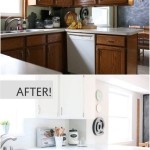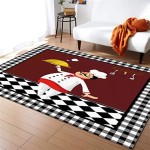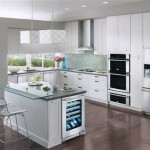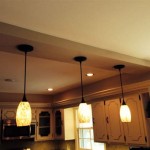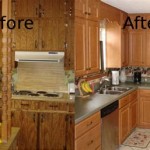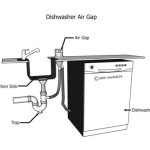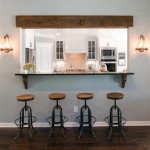Recessed LED lights are becoming increasingly popular for kitchen lighting, as they provide an energy-efficient and modern way to light up your kitchen. They are available in a variety of shapes, sizes, and colors, making it easy to find the perfect lighting solution for your kitchen. In this guide, we will explore the different types of recessed LED lights, the advantages of using them, and the installation process.
Types of Recessed LED Lights
There are a variety of recessed LED lights available on the market. Many of them are designed to provide a specific type of illumination, such as task lighting, ambient lighting, or accent lighting. Here is a breakdown of the different types of recessed LED lights available:
- Task Lighting: This type of lighting is designed to provide focused illumination for a specific task, such as cooking or reading. It is usually placed in the center of the kitchen, over the sink or stove.
- Ambient Lighting: This type of lighting is designed to provide a soft, warm light throughout the kitchen. It is often used to provide a general illumination for the entire room.
- Accent Lighting: This type of lighting is used to highlight specific areas of the kitchen, such as the countertops or cabinets. It is usually used in combination with other types of lighting to create a unique look.
The Benefits of Recessed LED Lights
Recessed LED lights offer a number of advantages over traditional lighting solutions. Here are some of the benefits of using recessed LED lights in your kitchen:
- Energy Efficiency: LED lights are extremely energy efficient and can save you money on your energy bills over time.
- Long Lasting: LED lights are designed to last for up to 50,000 hours, which means you won’t need to replace them for a long time.
- Low Maintenance: LED lights require very little maintenance and are easy to clean.
- Flexible Design: LED lights are available in a variety of shapes and sizes, making it easy to find the perfect lighting solution for your kitchen.
Installing Recessed LED Lights
Installing recessed LED lights is a relatively simple process. Here are the steps to follow when installing recessed LED lights in your kitchen:
- Turn off the power to the area you’ll be working in.
- Cut the hole for the recessed light using a hole saw or jigsaw.
- Secure the recessed light housing to the ceiling using screws.
- Connect the wiring from the recessed light to the power source.
- Position the trim and lens for the light and secure them in place with the screws provided.
- Turn the power back on and test the light to make sure it is working properly.
Installing recessed LED lights in your kitchen is a great way to update the look of your kitchen while also saving energy and money. If you have any questions about the process, it is best to consult a professional electrician.















Related Posts

